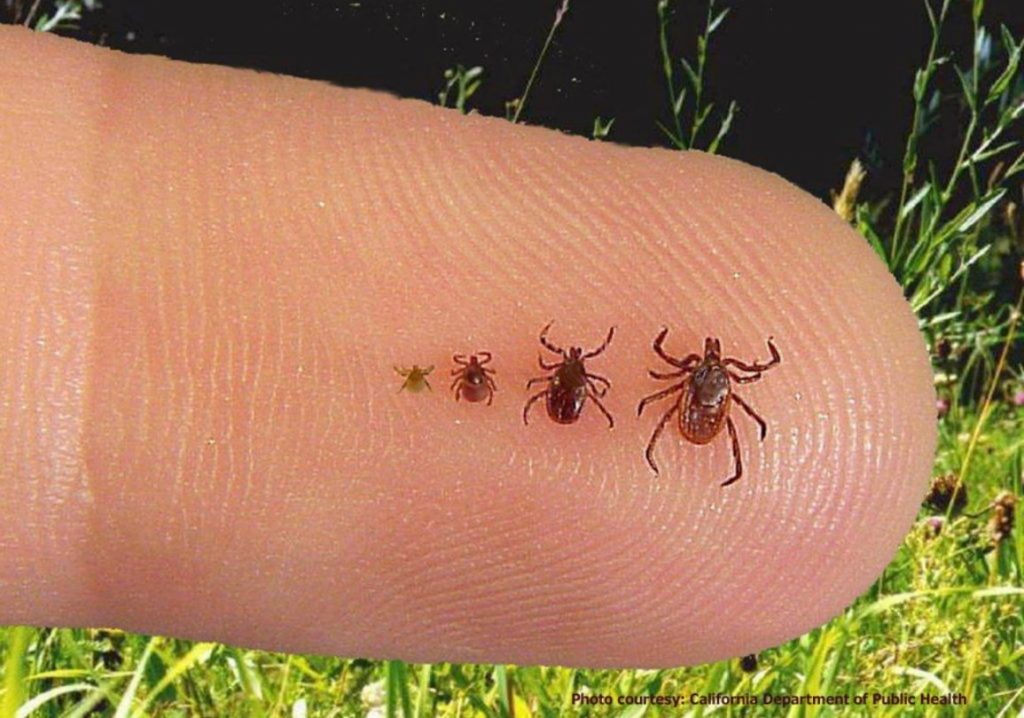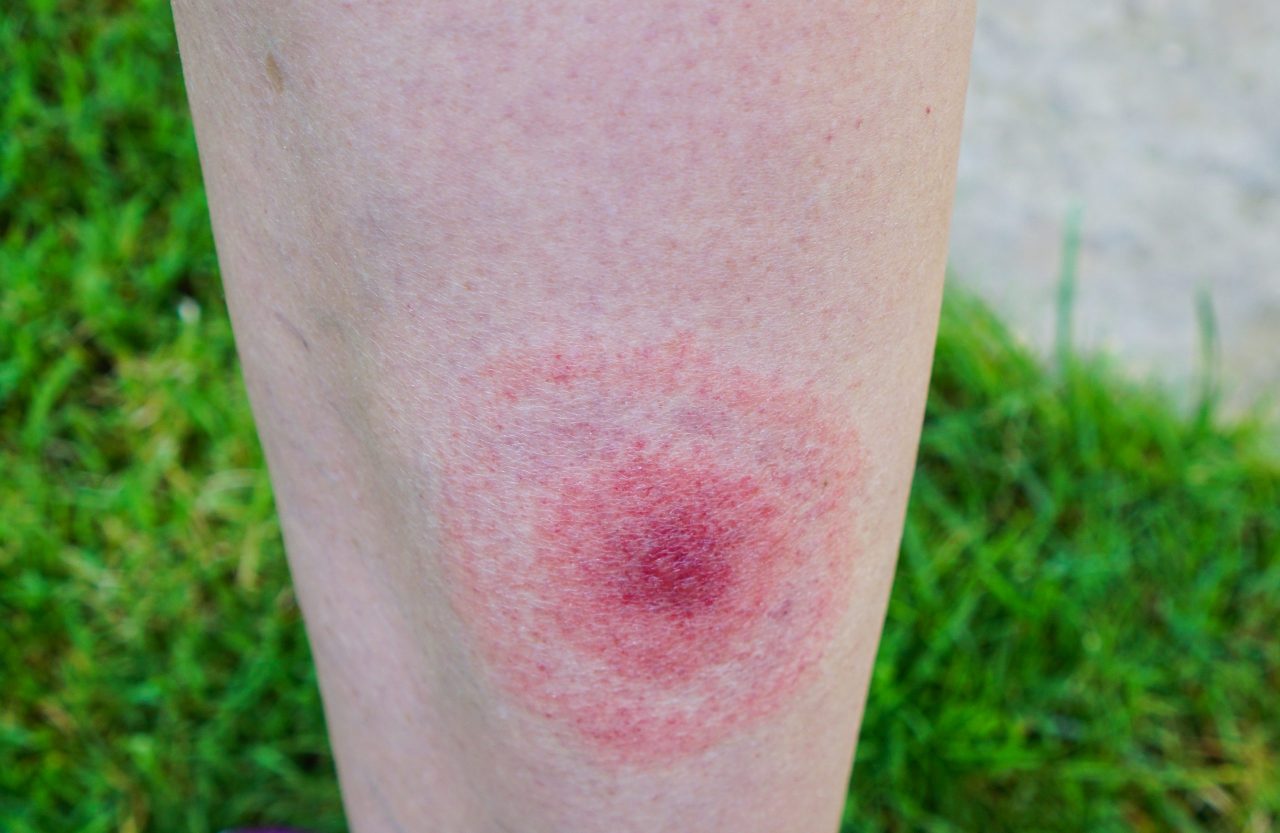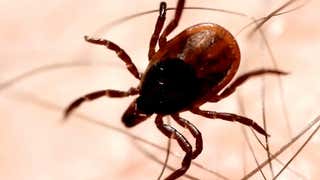
The Weather Channel recently announced that most of the U.S. will be a “a tick time-bomb” in 2021. The spring months mark the beginning of tick season. The prime months for ticks are March through June, with a peak in Lyme disease cases typically in June and July.
This year, the tick population is expected to surge due to a mild winter and early spring as well as abundant rainfall.
Also, people who have been getting outdoors because of the coronavirus pandemic are encountering the insects more frequently.

How is Lyme disease transmitted?
There are about a dozen species of ticks but most are associated with animals only. Lyme disease is transmitted by black-legged ticks, or deer ticks, in the northeastern U.S. and the western black-legged tick transmits the disease along the Pacific coast.
The transmission often happens after a tick has engorged itself with the blood of its host for more than two days.
The tick becomes so engorged it vomits its stomach contents into the bite, transmitting the disease. The disease can be transmitted in other situations, but this is the most common.
Tick protection 101
“Ticks don’t fly or jump like fleas or anything,” says Dr. James Marvel, an emergency medicine doctor at Stanford Health Care and wilderness medicine expert. “The only way they can get onto a human is through direct contact.” They do this by waiting at the edge of a blade of grass, tall reed or something similar, he says, and then latch on when something brushes against them.
To stay out of reach of ticks, avoid areas with high grass or brush, stick to the center of trails and wear clothing that covers your skin as much as possible. You can also treat your clothes with permethrin, an insecticide, or use insect repellent.
Apply the repellent every 4 to 6 hours, and find one that has a 30 to 35% concentration of DEET. The sprays with a lower concentration of DEET work but not as well.
Blending sunscreen with insect repellent is not recommended. You should apply your sunscreen before the repellent, and then use whatever product you have available as a repellent.
What if you get bit?
It’s important that if you do find a tick, it is removed promptly.
- Don’t touch the tick with your bare hand.
- Use a pair of tweezers to remove the tick. Grab the tick firmly by its mouth or head as close to your skin as possible.
- Pull up slowly and steadily without twisting until it lets go. Don’t squeeze the tick, and don’t use petroleum jelly, solvents, knives, or a lit match to kill the tick.
- Save the tick. Place it in a plastic container or bag so it can be tested for disease, if needed.
- Wash the bite area well with soap and water and put an antiseptic lotion or cream on the site.
- Call your healthcare provider to find out about follow-up care. If the tick is discovered within the first 72 hours after the tick bite, a single dose of doxycycline may be prescribed to help prevent Lyme disease.
- Most experts don’t recommend that the tick be tested for the Lyme bacteria. If negative, this testing is not always accurate. If testing is positive for the germ, it doesn’t mean you were infected.
- Most people infected with Lyme disease bacteria never show symptoms. But if they do, the most common is a red bullseye rash that appears several days after the infection. If the rash goes away, it could also come back a second time.
- Other symptoms that could show up include headache, aches and pains and a low-grade fever.
Many people with Lyme disease are diagnosed early and are cured by their first treatment. If left untreated, many will be cured on their own and not develop complications.
But untreated, complications could include chronic and debilitating conditions.



